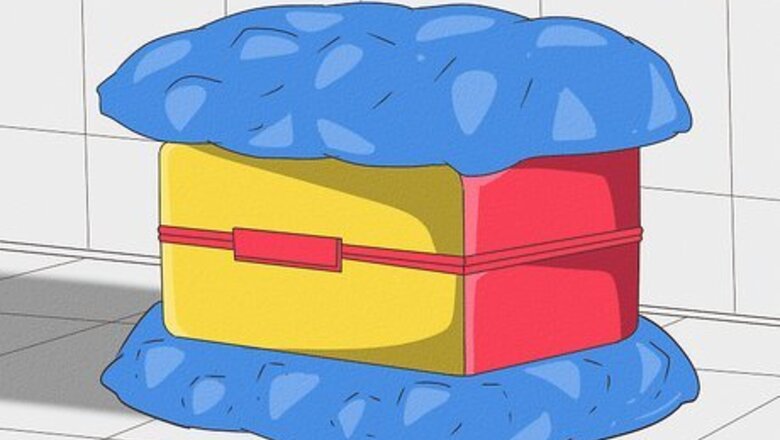
views
- Pack your food in an insulated lunch bag to trap the cold air and stop your food from warming up.
- Put ice packs inside of your lunch box to keep food cold. You can make your own ice pack by freezing a damp sponge.
- Freeze a water bottle or juice box, and keep it in your lunch box. It will chill your food and be ready to drink by lunchtime.
- Keep perishable food below 40 °F (4 °C) to prevent bacteria from growing.
Chilling Your Food
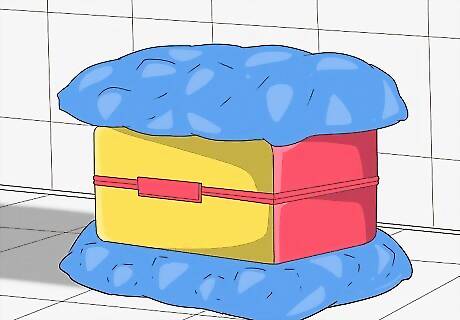
Layer ice packs above and below items that need to stay cool. Choose ice packs that are at least 5 by 3 inches (12.7 cm × 7.6 cm) since they’ll stay colder for longer. Stick the ice packs in your freezer the night before so they can chill. Sandwich any perishable food right between 2 ice packs to keep it cool until lunchtime. If you have a larger lunch box and more food to keep cold, drop in a few more ice packs for good measure. Ice packs are filled with a gel that freezes solid, and they’ll usually keep food safe and cold for around 6 hours. Bacteria grows on perishable food once it warms up to 40 °F (4 °C), so use plenty of ice packs to keep the temperature down in your entire lunch box.
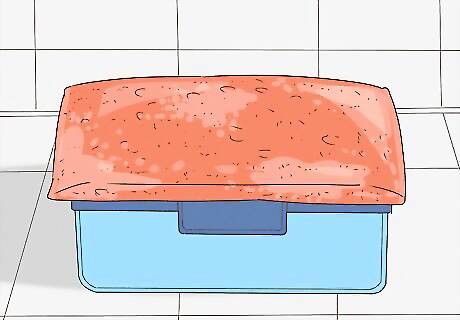
Make a simple DIY ice pack with a frozen sponge. Wet a clean sponge with cold water so it’s damp but not dripping. Toss your sponge into a resealable plastic bag and put it in your freezer overnight. Keep the frozen sponge in the bag and put it in your lunch box right before you have to leave. You can reuse the sponge by rewetting it and sticking it back in your freezer.
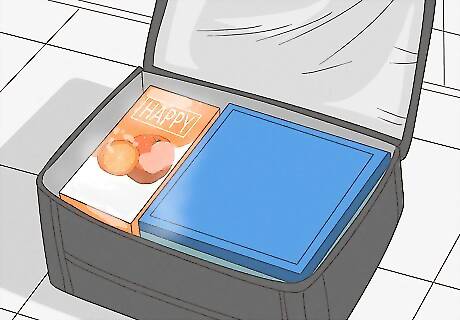
Freeze a water bottle or juice box. If you normally pack bottled water or a juice box, this trick keeps your drink and meal cold. Leave the water or juice box in the freezer overnight and pack it in your lunch box in the morning. Your food will stay cold and your drink will thaw out by the time you’re ready to eat lunch. If you normally pack a soda or canned drink for lunch, avoid putting it in the freezer since the can could burst open as ice forms.

Add frozen fruit or yogurt to your lunch. Fruits like grapes or cherries freeze really well and don’t lose their texture when they’re frozen, so they make great options for a snack that keeps your lunch cool. Otherwise, you can freeze a yogurt cup overnight so it’s thawed by the time you’re about to eat. Alternatively, you can try making a sandwich and freezing it ahead of time. Just avoid freezing any sandwiches if they have mayonnaise, lettuce, or tomatoes since it will ruin their texture.
Choosing Insulated Containers
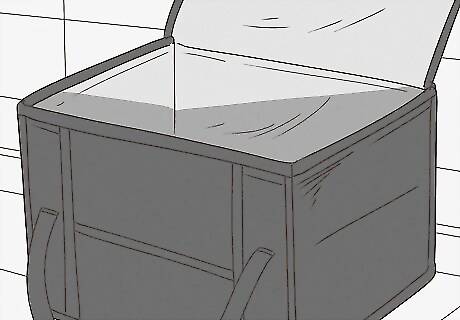
Use an insulated lunch bag to prevent your food from warming up. Insulated lunch bags have a thicker lining that traps the cold air inside with your food. There are a ton of different shapes and styles of lunch bags, so just find one that’s large enough to carry the food you normally pack for lunch Invest in a freezable lunch box that has built-in ice packs so you don’t have to add any extra. You can also sew your own lunch box with insulation fleece fabric.
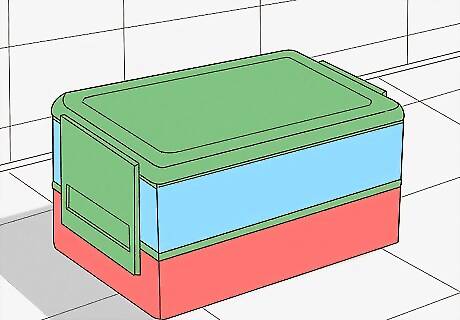
Pick an insulated bento box to separate cold foods in your lunch. Bento boxes have multiple compartments so you’re able to pack warm and cold food together. Choose a bento box that has a built-in layer of insulation or a removable ice pack since it will work better to keep your food at the right temperature. Pack food in your bento box so cold items are in compartments next to each other. If you can’t find an insulated bento box, you can just put a standard one inside of an insulated lunch bag instead.
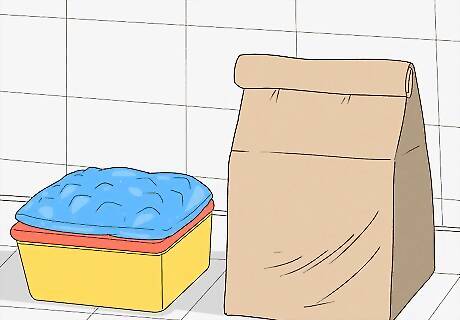
Double-layer paper bags if you don’t have an insulated container. Paper bags aren’t the best to keep food at a lower temperature, but you can still make them work. Use 2 brown paper bags and be sure to put in an ice pack or 2 to ensure your food still stays cold. Paper bags are better for food that's safe to eat at room temperature, such as peanut butter sandwiches, fresh uncut fruit, nuts, and canned meat. Keep your lunch refrigerated as long as you can before you have to leave so there’s less time for it to heat up.
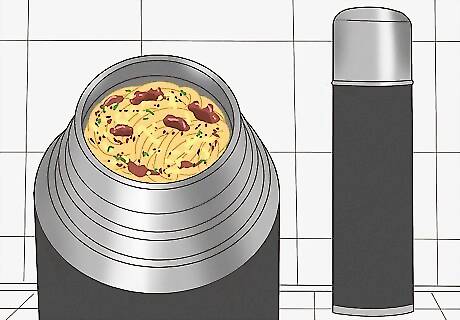
Store food or drinks inside of an Thermos to keep them cool for longer. While you may be used to storing hot foods in a Thermos, the insulation also helps keep food cold too. Pour cold water into your Thermos to let it chill. Then, just empty the water and put the cold food inside so it’s ready for later in the day. Thermoses are great for drinks, but you can also put pasta, salad, yogurt, or even sushi inside of them. Let your Thermos chill overnight so it’s cold when you pack your lunch in the morning.













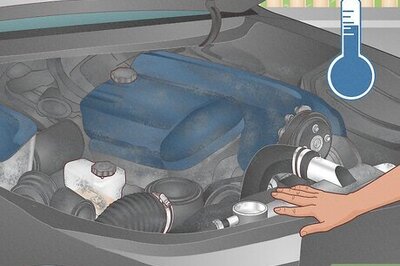




Comments
0 comment